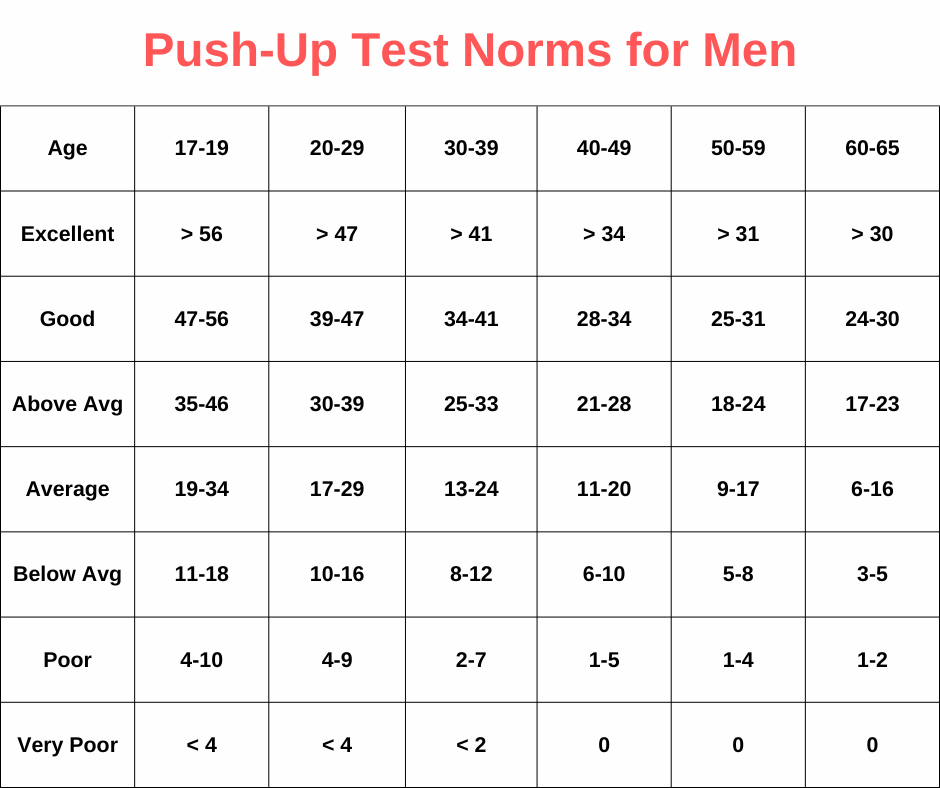This calculator uses your age, size, sex, and activity level to estimate the number of calories you should eat per day to maintain your weight.
You can adjust this number based on your goals if you’re trying to gain or lose weight. Keep in mind that this tool only provides general guidance, as activity levels and many other factors influence your daily calorie needs. Thus, this calculator will likely provide a number that’s close to your calorie needs, but it’s not a perfect tool. Your doctor or dietitian can offer more individualized advice on your ideal calorie intake depending on your health status and goals.
Your BMR can be used to help you gain, lose, or maintain your weight. By knowing how many calories you burn, you can know how many to consume. To put it simply:
Is your goal to maintain your weight?
Consume the same number of calories that you burn.
Consume more calories than you burn.
Is your goal to lose weight? Consume fewer calories than you burn.
If you’ve estimated your BMR using the Harris-Benedict formula, your next step is to include the number of calories you burn during daily activities based on your lifestyle:
Sedentary: If you get minimal or no exercise, multiply your BMR by 1.2.
Lightly active: If you exercise lightly one to three days a week, multiply your BMR by 1.375.
Moderately active: If you exercise moderately three to five days a week, multiply your BMR by 1.55.
Very active: If you engage in hard exercise six to seven days a week, multiply your BMR by 1.725.
Extra active: If you engage in very hard exercise six to seven days a week or have a physical job, multiply your BMR by 1.9.
The final number is approximately how many calories you need on a daily basis to maintain your weight.
Even when resting, your body burns calories by performing basic functions to sustain life, such as:
breathing,
circulation, nutrient processing, cell production, Basal metabolic rate is the number of calories your body needs to accomplish its most basic (basal) life-sustaining functions.
Your BMR can be used to help you gain, lose, or maintain your weight. By knowing how many calories you burn, you can know how many to consume. To put it simply:
- Is your goal to maintain your weight? Consume the same number of calories that you burn.
- Is your goal to gain weight? Consume more calories than you burn.
- Is your goal to lose weight? Consume fewer calories than you burn.
If you’ve estimated your BMR using the Harris-Benedict formula, your next step is to include the number of calories you burn during daily activities based on your lifestyle:
Sedentary: If you get minimal or no exercise, multiply your BMR by 1.2.
Lightly active: If you exercise lightly one to three days a week, multiply your BMR by 1.375.
Moderately active: If you exercise moderately three to five days a week, multiply your BMR by 1.55.
Very active: If you engage in hard exercise six to seven days a week, multiply your BMR by 1.725.
Extra active: If you engage in very hard exercise six to seven days a week or have a physical job, multiply your BMR by 1.9.
The final number is approximately how many calories you need on a daily basis to maintain your weight.
Body mass index (BMI) is an estimate of body fat based on height and weight. It doesn’t measure body fat directly, but instead uses an equation to make an approximation. BMI can help determine whether a person is at an unhealthy or healthy weight.
A high BMI can be a sign of too much fat on the body, while a low BMI can be a sign of too little fat on the body. The higher a person’s BMI, the greater their chances of developing certain serious conditions, such as heart disease, high blood pressure, and diabetes. A very low BMI can also cause health problems, including bone loss, decreased immune function, and anemia.
While BMI can be useful in screening children and adults for body weight problems, it does have its limits. BMI may overestimate the amount of body fat in athletes and other people with very muscular bodies. It may also underestimate the amount of body fat in older adults and other people who have lost muscle mass.
Adults age 20 and older can interpret their BMI based on the following standard weight status categories. These are the same for men and women of all ages and body types:
BMI Weight Status
Below 18.5 Underweight
18.5 – 24.9 Normal
25.0 – 29.9 Overweight
30.0 and above Obese
How many push-ups can you do?
Using this simple test, you can easily test your upper body strength yourself at home. Do as many push-ups as possible until exhaustion. Count the total number of push-ups performed.
Technique
Use the standard "military-style" push-up technique. The starting position is facing down with your weight distributed on the hands and feet, arms straight. The body is rigid and straight, and the hands are placed approximately shoulder-width apart. Lower your body until your chest nears the floor at the bottom of the movement, and then return to the starting position. This is one repetition.
How did you go?
Compare your results to the table below. Don't worry too much about how you rate - just try and improve your score, and keep doing them the same way each time.

